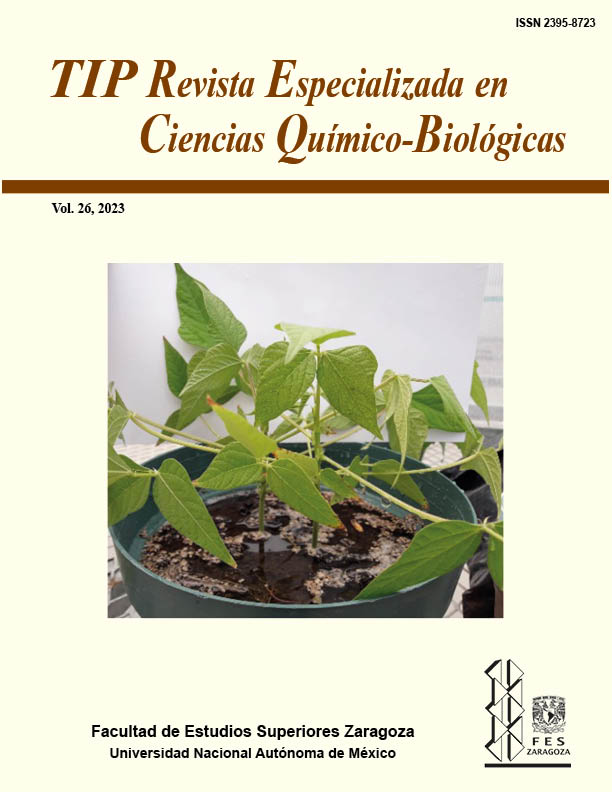Abstract
The Mycobacterium tuberculosis complex (MTBC) is a successful human pathogen. In 2022, approximately 10.6 million people have developed the active phase of the disease, and around 1.6 million people died due to tuberculosis (TB). The deciphering of the genome of M. tb has helped us to understand its evolutionary history and the causes underlying its worldwide spread. Using various genotyping methods and whole-genome sequencing techniques indicate that the M. tb complex is grouped in nine lineages, some are specifically adapted to humans, while others are animal-adapted lineages. The presence of most of the lineages in Africa makes this continent the most likely place of MTBC origin. Studies of the genome of M. tb have also assisted in the identification of genes involved in its virulence, pathogenicity, and the long co-evolutionary process with its main host, the human being. In this review of selected literature, we describe the genotypic and phenotypic diversity of the MTBC and its clinical and epidemiological implications.
TIP Magazine Specialized in Chemical-Biological Sciences, distributed under Creative Commons License: Attribution + Noncommercial + NoDerivatives 4.0 International.



